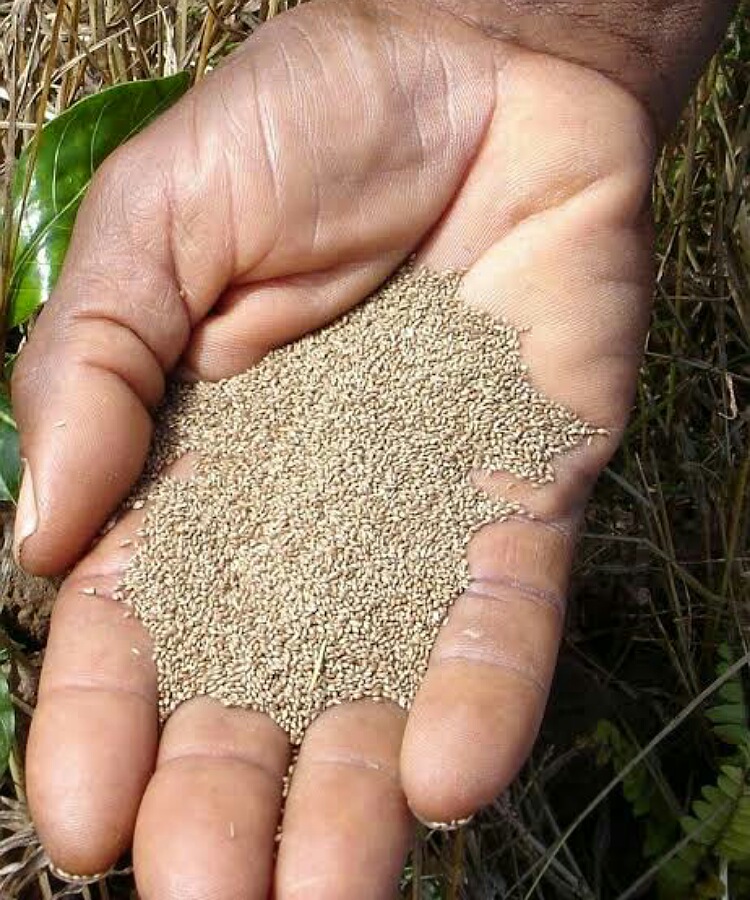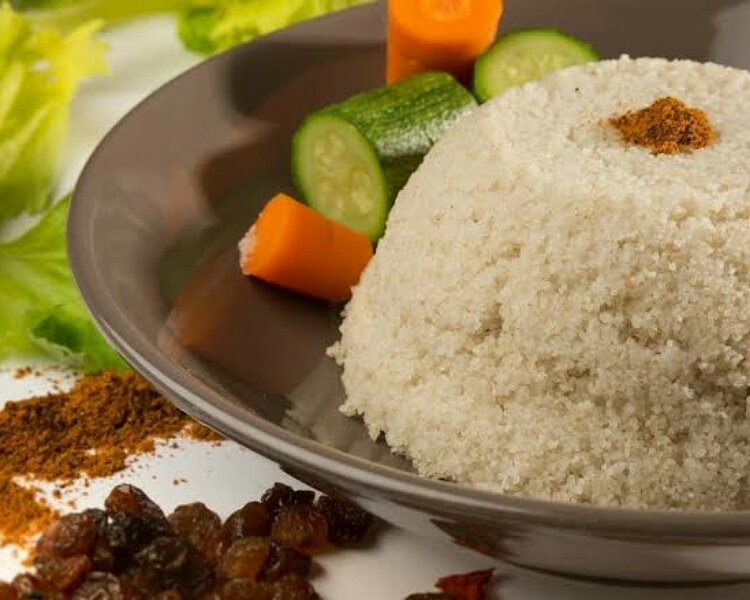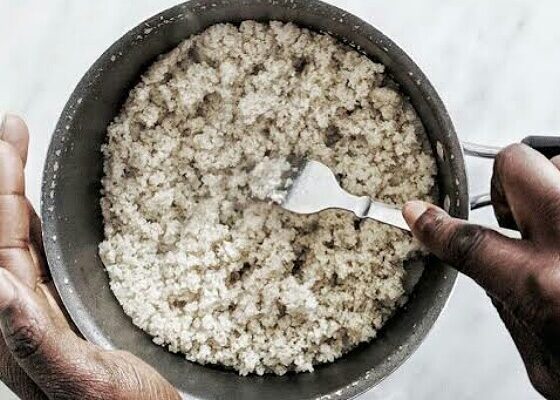One of the oldest cultivated cereal is from Africa and called Fonio. There are claims that it can help to overcome the food crisis of the world. What are it’s nutritive values and health benefits?
Fonio: the African ancient grain
Fonio is one of the oldest cultivated grain of the world. It is a heritage grain from West Africa. It grows amply in the mountainous and high areas of Guinea, Senegal, Mali, Burkina Faso, and Nigeria. The cereal has other names such as the hungry rice, acha, and iburura. This cereal is part of the West African traditions and enjoyed by chiefs and royals. Moreover, it is cooked during festivals and weddings.

West Africans believe that it improves blood clotting. Hence after childbirth, mothers consume this grain. It is also said to have a role in improving lactation. The advantage is that it can overcome post-harvest food scarcity since it just takes 6 to 8 weeks to grow and is resistant to pest attacks. It also has the ability to grow in poor soils with no fertilizers and also during droughts.
Nutritional value
Fonio has great nutritional value and health benefits. But it is a neglected cereal and also underutilized. It is an orphan crop that is gaining the attention of environmentalists and agricultural scientists to fight food insecurity. It has two varieties: Digitaria iburua and Digitaria exilis. The latter is found outside Africa and consumed comparatively more.

This grain is low in fats, cholesterol and sodium. Hence it is healthy. 45 grams of dry fonio or 1/4 cup of it has 170 calories with no sugar, 2 grams proteins, 39 grams carbs, and just 0.5 grams fats. This amount can meet 4% of the daily requirements of dietary fiber and iron. It has higher amounts of sulphur-containing amino acids, cysteine and methionine.
Moreover, it is a powerhouse of energy as it is loaded with vitamin B complex. It has riboflavin, thiamine, and niacin. According to the United Nations Food and Agriculture Organization (FAO), it has the highest amount of calcium amongst the grains. Hence, it is good for people who are vegans or suffer from lactose intolerance. Additionally, it has zinc, copper, and magnesium.
Health benefits
This crop has been around for over 5000 years. Unfortunately, research on it is extremely scarce. Small scale studies have shown that soil and climatic conditions and farming practices can govern the nutrients density of this cereal.
Its sulphur containing amino acids, methionine and cysteine are its plus point since these two amino acids are absent in rice, wheat, corn, and barley.

It is a whole grain. And hence it’s nutrition remains preserved. Therefore, it is beneficial for the gut and in weight management. Furthermore, the whole grain reduces risk of type 2 diabetes mellitus, heart diseases, and cancer of colon, rectum, stomach, and pancreas.
The cereal has no gluten in it. Hence, it is useful for people suffering from celiac disease and gluten intolerance. It has resistant starch that is slowly digested and absorbed. This leads to a low glycemic index of this grain. Hence it is good in diabetics since it does not cause rapid or high blood sugar spikes.
Also, read 8 rare but healthy food grains worth forming a part of our daily diet!
One can cook it and incorporate it in the daily diet. It is a highly versatile grain. It is be part of the porridge recipe or one can add it to local beverages. Moreover, it can be ground into a flour and used in baked products. One can add it into soups or stews. Or sprinkle it onto salads.
